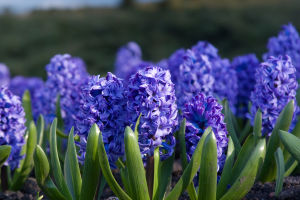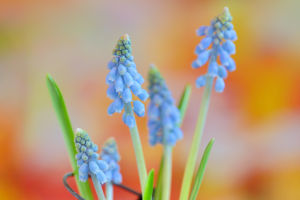Buttercups, also known by their scientific name Ranunculus, are vibrant, cheerful flowers that brighten up any garden or wild landscape. Their bright yellow petals, often surrounded by lush green leaves, make them a favorite for flower enthusiasts and nature lovers alike.
But what makes these simple yet stunning flowers so captivating? Let’s dive into the world of buttercups and explore their beauty, symbolism, and how to grow them in your own garden.
The Physical Charm of Buttercups
Buttercups are part of the Ranunculaceae family and are found in various species, with Ranunculus acris being one of the most common. These flowers typically bloom in late spring to early summer, showcasing their bright yellow, cup-shaped petals. The flowers are small but striking, often growing in clusters. What makes them stand out is their shiny, almost wax-like appearance, which is due to the natural oils on the petals that give them a glossy finish.
These plants usually grow between 8 to 24 inches tall (20 to 60 cm), making them perfect for both garden beds and wildflower meadows. Their round, green leaves form a base for the flower stalks, creating a lovely contrast between the soft petals and the bold foliage.
The Symbolism Behind Buttercups
Like many flowers, buttercups are rich in symbolism. They are often associated with charm, youth, and cheerfulness. In the language of flowers, buttercups symbolize simple, happy, and carefree moments in life. They are a reminder to appreciate the small joys and beauty that nature offers, no matter how fleeting they may be.
In some cultures, buttercups are also seen as symbols of prosperity and growth. This is due to their ability to thrive in many environments, from meadows to gardens, making them a sign of resilience and adaptability.
Growing Buttercups: Tips for Your Garden
If you're looking to add a touch of sunshine to your garden, growing buttercups is a great choice. These flowers are relatively easy to care for, making them perfect for both beginner and experienced gardeners. Here are a few tips to help you grow healthy and vibrant buttercups:
Planting Location: Buttercups prefer a sunny spot with well-drained soil. They can tolerate a variety of soil types but thrive best in moist, slightly acidic to neutral soil. Choose a location where they will get at least 6 hours of sunlight a day.
Watering: These flowers love moisture but do not like standing water. Make sure the soil stays consistently moist, especially during dry spells, but avoid over-watering as this can lead to root rot.
Spacing: If you’re planting multiple buttercups, space them about 8 to 10 inches apart. This will give each plant enough room to grow and spread without overcrowding.
Maintenance: Buttercups are low-maintenance plants. Deadheading (removing spent flowers) will encourage new blooms. In the fall, after they have finished blooming, you can trim the plants back to the ground to prepare them for the next growing season.
Common Varieties of Buttercups
There are many different species and varieties of buttercups, each with its own unique characteristics. Some of the most common include:
Common Buttercup (Ranunculus acris): This species is the most widespread and is often found in meadows and grassy fields. It has bright yellow petals and is typically about 1-2 feet tall.
Globeflower (Trollius europaeus): A close relative of the buttercup, the globeflower has larger, rounder yellow blooms. It’s often found in cooler climates and adds a vibrant touch to any garden.
Persian Buttercup (Ranunculus asiaticus): Known for its showy, multi-layered petals, this variety is often grown as an ornamental flower. It comes in a range of colors, including yellow, red, and pink, and is popular in floral arrangements.
Buttercups in Nature: A Joy to Wildflower Lovers
In the wild, buttercups are a common sight in meadows, fields, and grasslands. They are often seen growing alongside other wildflowers, adding a splash of yellow to the landscape. These hardy plants are an important part of many ecosystems, providing nectar for pollinators such as bees and butterflies.
If you’re lucky enough to come across a field of buttercups, take a moment to enjoy the beauty of these simple yet stunning flowers. Their cheerful appearance is sure to lift your spirits and remind you of the wonders of nature.
Embrace the Golden Glow of Buttercups
Buttercups are more than just a pretty flower – they symbolize happiness, resilience, and the beauty of nature. With their radiant yellow petals, they brighten up gardens and wild landscapes alike. Whether they’re growing in the wild or carefully tended to in your garden, these flowers bring a sense of joy and tranquility wherever they bloom.
Next time you spot a field of buttercups, take a moment to admire their simple beauty and appreciate the small wonders that nature provides.
What’s your favorite thing about buttercups? Do you have any tips or stories to share? We’d love to hear your thoughts!
How to Grow Ranuculus || Persian Buttercups!
Video by Tropical Plant Party


